Table of Contents
The Malawian flag, also recognized as the flag of Malawi, holds profound historical and cultural importance for the country. It encapsulates the identity, challenges, and aspirations of the Malawian people. Within this discourse, we will delve into the captivating facets of the Malawian flag, encompassing its conception, symbolism, and historical context.
The Malawian flag comprises three horizontal bands of black, red, and green, with a radiant sun in the center. Each element of the flag carries significant symbolism deeply intertwined with Malawi’s heritage and journey.
Malawian Flag: Colors and Unity
- The flag showcases three horizontal bands of black, red, and green from top to bottom, with the black band symbolizing the people of Malawi, the red representing the bloodshed in the struggle for independence, and the green symbolizing the country’s lush landscapes and natural resources.
- At the heart of the flag lies a radiant sun, embodying the dawn of a new era, hope, and the promise of a brighter future for Malawi.
- The flag was officially adopted on 6 July 1964, coinciding with Malawi’s attainment of independence from British colonial rule.
- The ideology conveyed by the flag underscores Malawi’s dedication to unity, progress, and national pride, epitomizing the resilience and determination of its people in the pursuit of freedom and prosperity.
Flag of Malawi
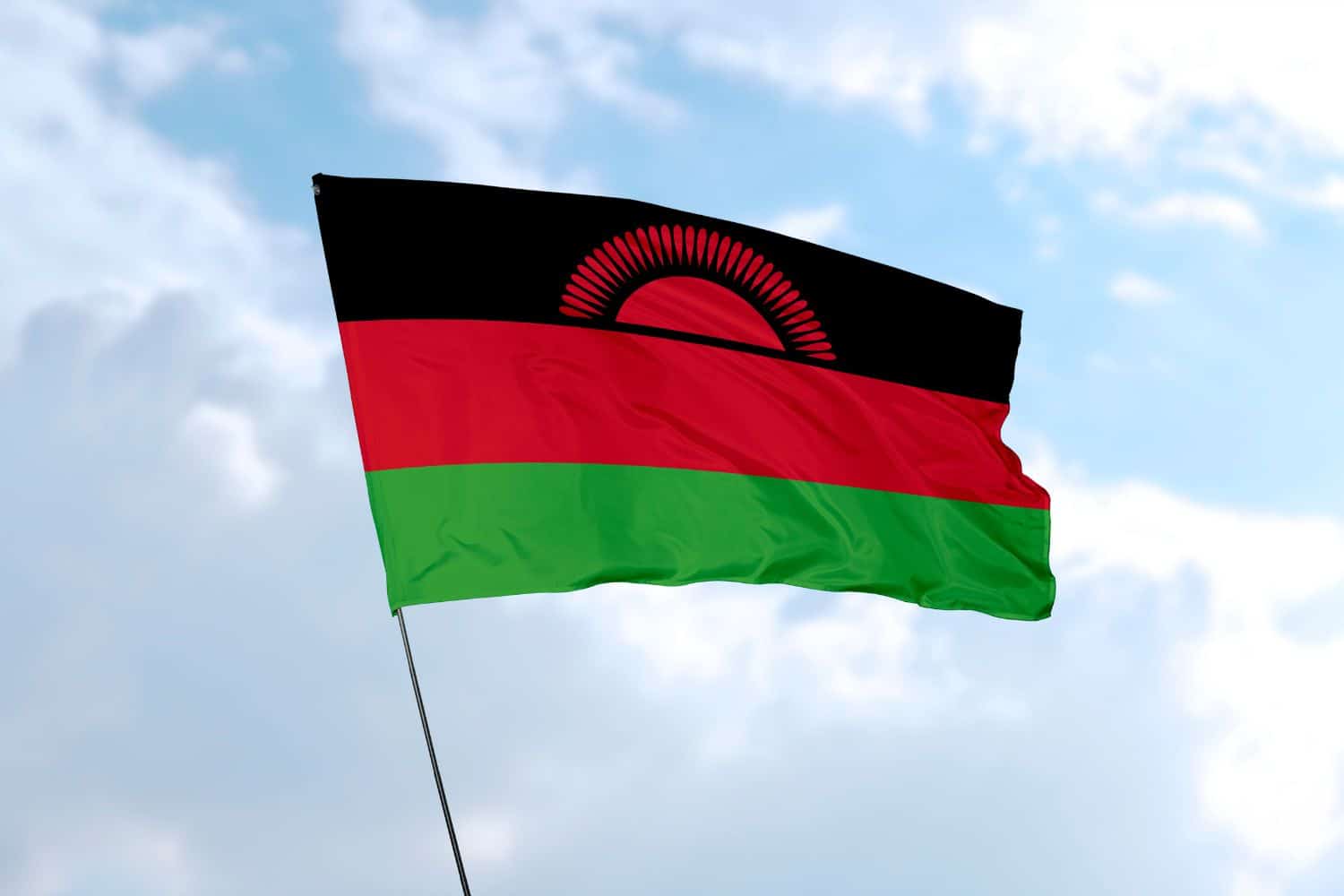
The flag in Malawi similarly serves as a potent emblem, encapsulating the nation’s cultural essence and vitality. Its design features a black background adorned with a red rising sun at the center and a red, black, and green horizontal stripe at the top. The black color symbolizes the people’s unity and strength amidst challenges, reflecting their resilience and determination. The red elements signify the struggle for independence and the bloodshed endured in the pursuit of freedom. The green stripe represents the country’s lush vegetation and agricultural wealth, signifying hope and prosperity for the future.
The history of the Malawian flag is deeply intertwined with the nation’s journey towards sovereignty. Officially adopted on July 6, 1964, the flag embodies the unity and aspirations of the Malawian people.
Beyond its visual appeal, the Malawian flag carries profound symbolic significance. Its colors and symbols mirror the values and dreams of the Malawian populace, depicting unity, resilience, and progress. The red rising sun signifies the dawn of a new era and the promise of a brighter future for Malawi, while the black background symbolizes the nation’s rich cultural heritage and the strength of its people. The green stripe represents the abundant natural resources and agricultural potential of Malawi, reflecting the country’s determination to thrive and prosper.
National Flag Etiquette and Protocol
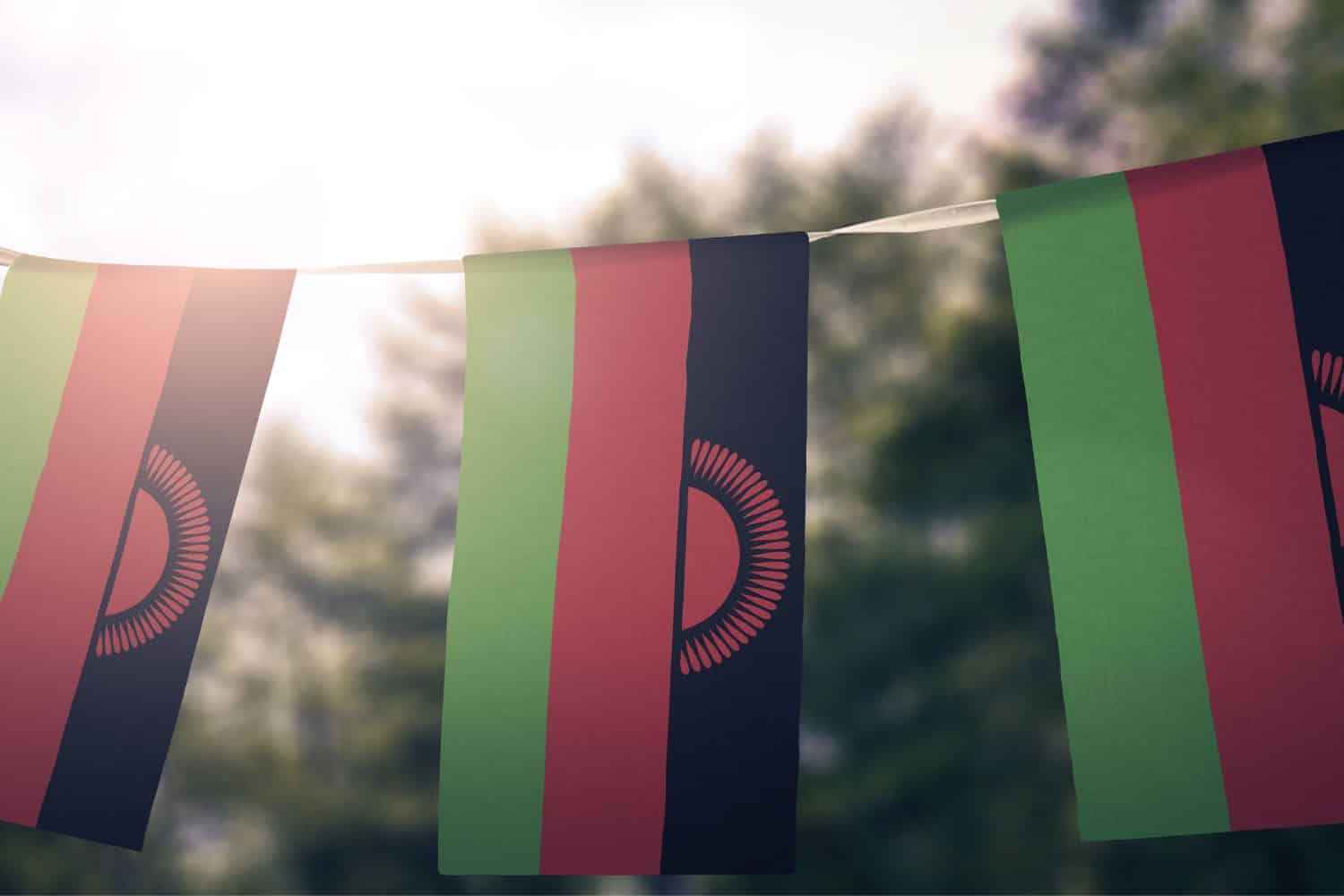
Maintaining the appropriate use and display of the Malawian flag is of utmost importance. Understanding the etiquette involved in handling the flag, especially during national ceremonies and events, is essential. It is important to be informed about the rules that dictate the handling, hoisting, and lowering of the flag. Additionally, one must know the correct procedures for retiring or managing damaged flags to ensure they are treated with the respect they deserve.
- Proper Handling: It is essential to handle the Malawian flag with care and reverence, preventing it from touching the ground or the floor. It must always be held upright and never dragged along any surface.
- Hoisting and Lowering: The flag should be hoisted briskly and lowered ceremoniously. The general practice is to hoist the flag at sunrise and lower it at sunset, although adjustments can be made depending on specific guidelines or the occasion at hand.
- Displaying the Flag: When displaying the flag, it should have the black field at the top with the red rising sun positioned centrally. It is important to allow it to fly freely, without being entangled or obstructed in any way.
- Half-Staff: On certain days of remembrance or during national tragedies or the passing of important figures, the flag should be flown at half-staff as a sign of mourning or respect, following directives from the relevant authorities.
- Flag Retirement: When the Malawian flag becomes damaged or worn out, it should be retired gracefully and respectfully. This may involve burning it in a solemn and respectful ceremony, in line with the proper guidelines and local regulations.
- Flag Size and Placement: The size of the flag that is displayed should be in proportion to the flagpole or the display area. It is recommended to follow the advice of local authorities or guidelines for specific details on flag size and placement.
- Respectful Disposal: In instances where burning is not a feasible option for flag retirement, the flag should be disposed of respectfully, either by burying it or giving it to authorized organizations that specialize in flag disposal.
Interesting Facts and Trivia
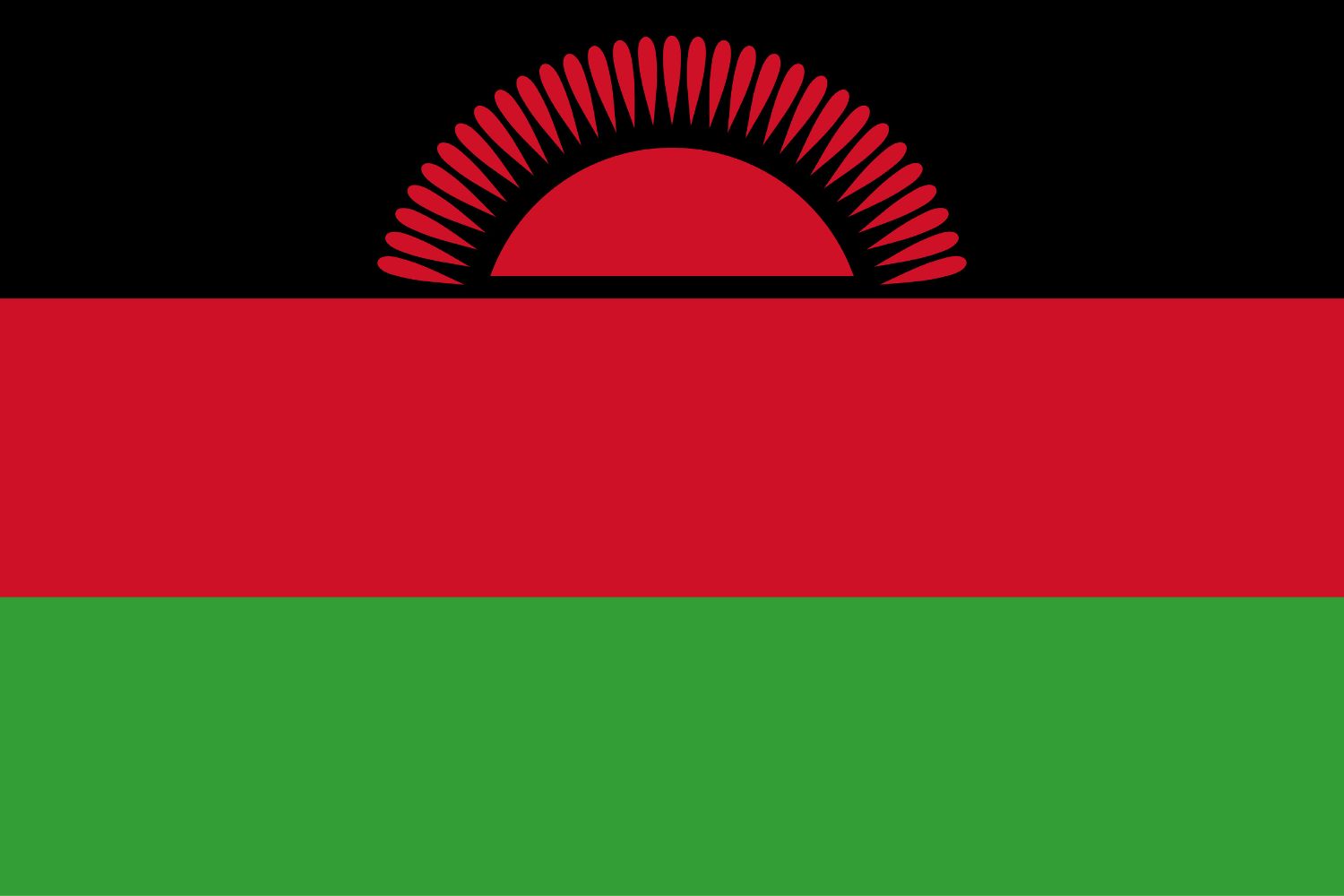
Embark on a journey through intriguing facts and lesser-known trivia about the flag of Malawi. Discover distinctive elements within the flag’s design that carry hidden symbolism. Unearth tales of notable incidents or occurrences involving the flag that have left a lasting impression on the nation’s narrative and ethos.
Rich Tapestry of History
- 2010: The current flag of Malawi is officially adopted on May 28, encapsulating the unity and dreams of the Malawian people.
- Colors and Symbolism: The black color signifies the people of Malawi, the red symbolizes the blood shed for independence, and the green represents the country’s lush vegetation and natural resources.
- Sun and Rising Sun: The sun at the center of the flag embodies the dawn of a new era, while the rays emanating from it represent progress and vitality, reflecting Malawi’s journey toward prosperity and development.
- National Identity: The flag encapsulates Malawi’s diverse culture, rich heritage, and the nation’s continual quest for unity, growth, and resilience.
These historical insights illuminate pivotal moments in the history of the Malawian flag, underscoring its significance in shaping Malawi’s national identity and reflecting its trials and aspirations over time.
Flag-Related Symbols and Emblems
In Malawi, a flag is not merely a solitary representation of national identity. One can delve into additional symbols and emblems closely associated with Malawi, understanding their profound significance and their interconnectedness with the flag. Exploring their historical and cultural roots can further enrich one’s comprehension of Malawi’s rich heritage. Embarking on a Malawi tour offers an opportunity to witness firsthand the country’s finest destinations.
Symbolisms of the Malawian Flag
the flag of Malawi encapsulates several symbolic elements that mirror the nation’s history, values, and aspirations. Below are the symbolisms of the Malawian flag presented in itemized form:
- Green Color: Reflects the verdant landscapes and natural splendor of Malawi, signifying its fertile soil and agricultural abundance.
- Red Sun: This emblematic element pays homage to Malawi’s rising sun and signifies the nation’s progress and vitality.
- Black Bar: Symbolizes the people of Malawi and their collective determination to overcome challenges and strive for a brighter future.
- Flag’s Design: Mirrors Malawi’s cultural heritage, aspirations, and unity among its diverse populace.
- National Identity: The flag serves as a unifying symbol, fostering a sense of shared heritage and cultural identity among the Malawian people.
- National Aspirations: Through its design and elements, the flag embodies Malawi’s aspirations and values, including unity, progress, resilience, and tradition.
These symbolisms woven into the fabric of the flag contribute to Malawi’s profound sense of identity and pride, reflecting its historical trajectory and cultural significance.
Flags of Similar Countries or Regions
Examining the flags of nations or regions neighboring Malawi offers fascinating insights. Delve into a thorough comparison of these flags, discerning the similarities and differences in their patterns, hues, or symbolism. Uncover the historical and cultural ties among these flags, illuminating shared influences or distinctive identities.
Malawian Flag vs Zambian Flag
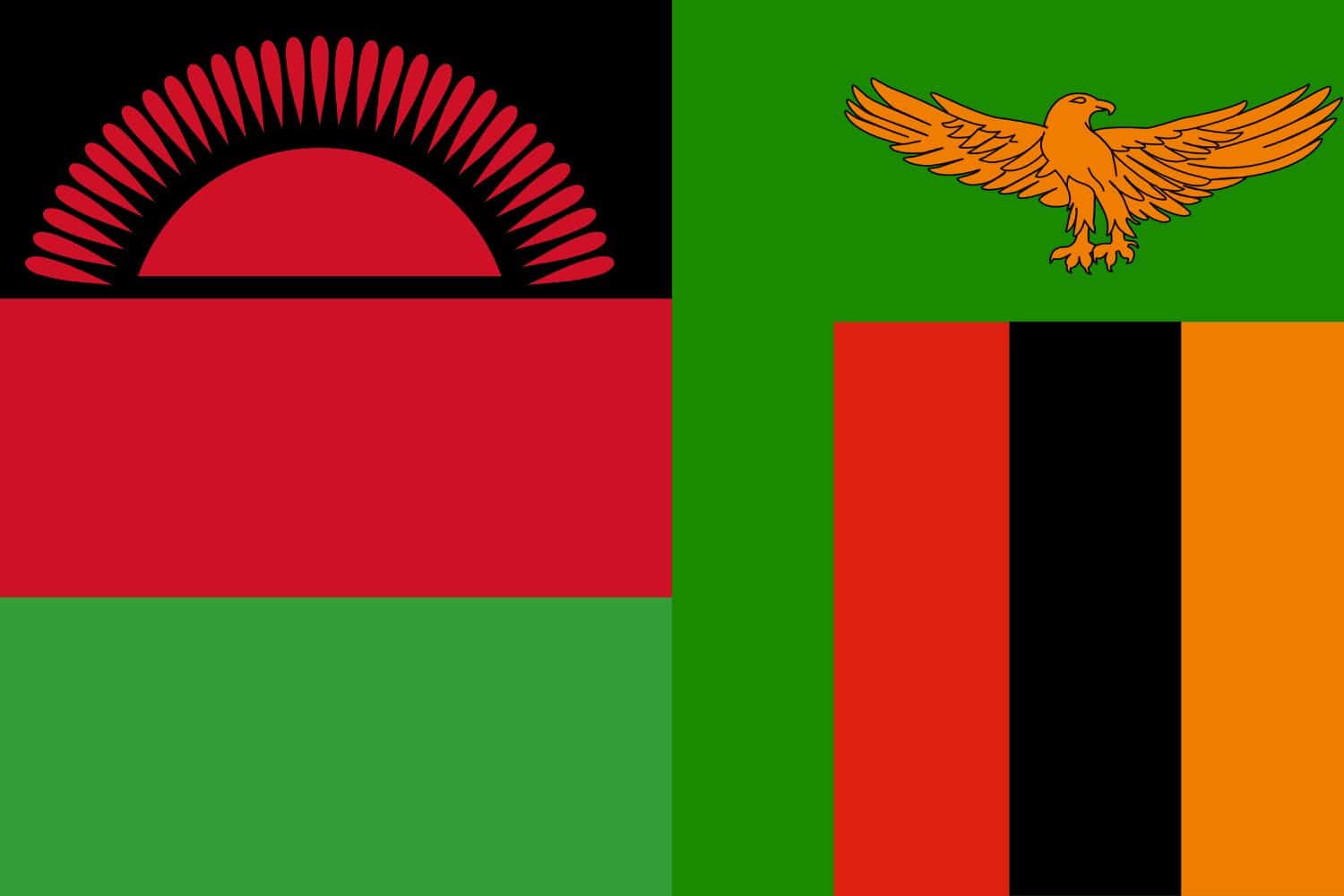
Similarity: Both flags prominently feature the color black.
Difference: The Zambian flag includes an orange eagle in flight in the center of the black field.
Malawian Flag vs Tanzanian Flag
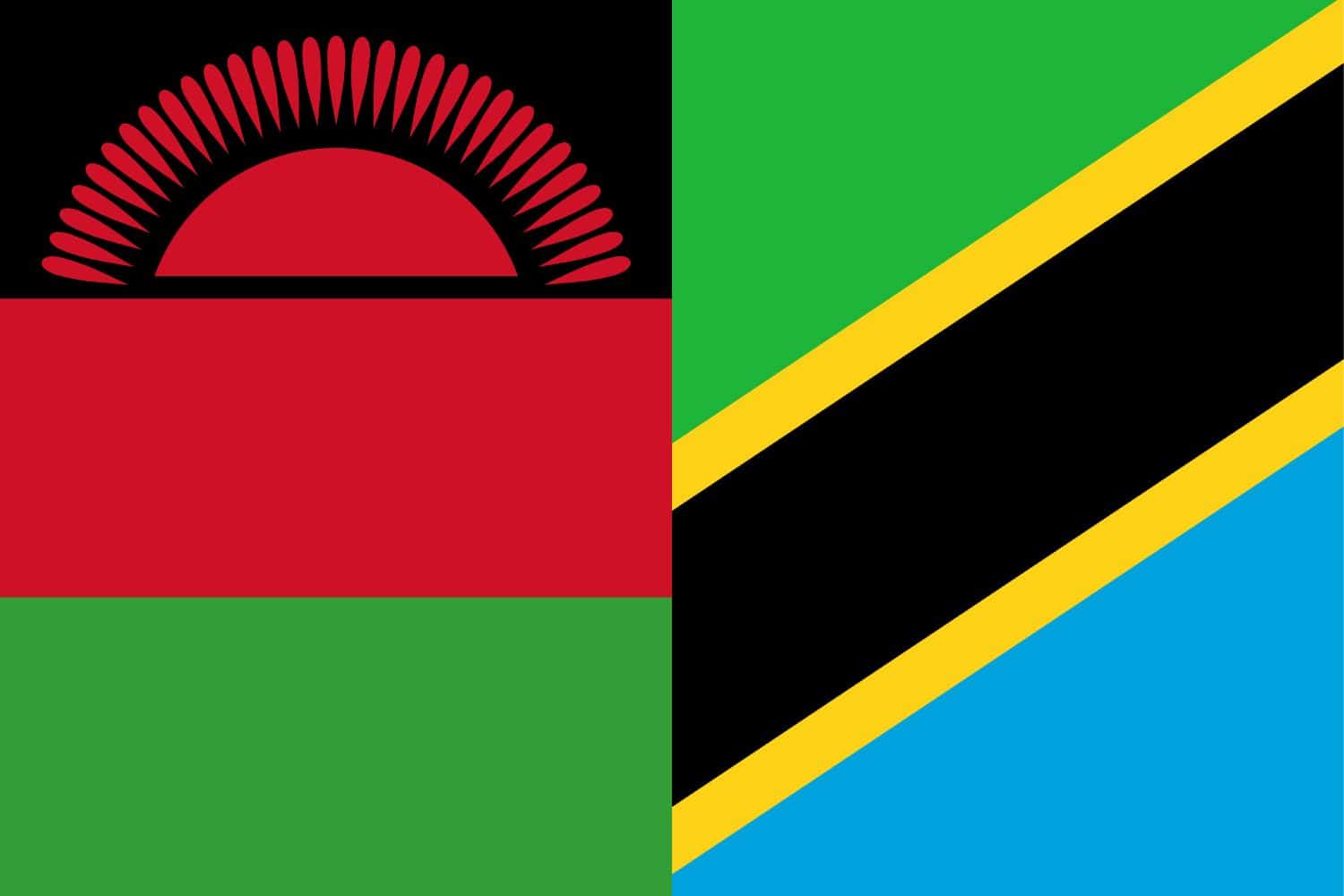
Similarity: Both flags incorporate green prominently.
Difference: The Tanzanian flag consists of a green field with a gold-edged black diagonal stripe from the lower hoist-side corner.
Malawian Flag vs Mozambican Flag
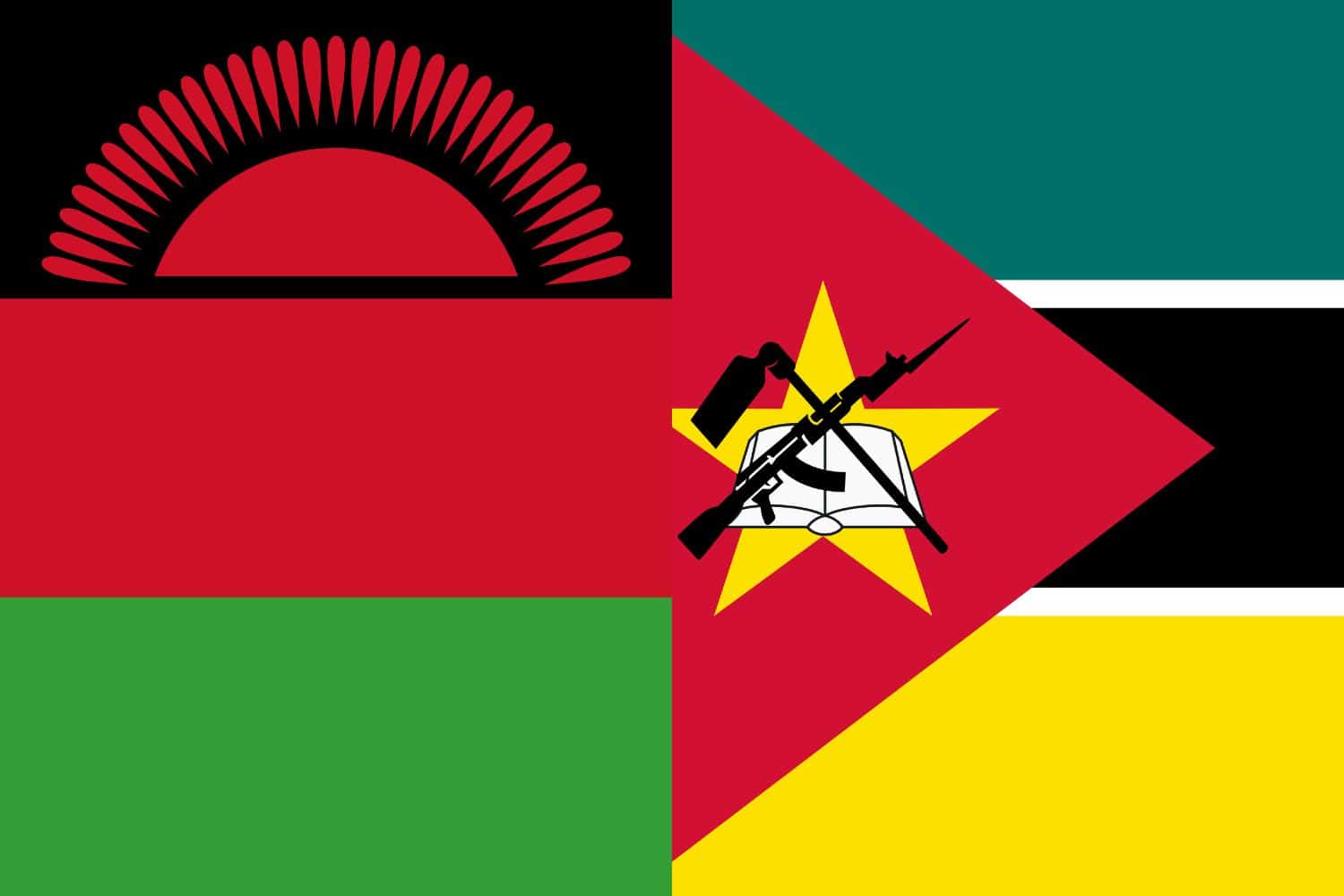
Similarity: Both flags use red prominently.
Difference: The Mozambican flag features a black diagonal stripe with a yellow star on the red field.
Malawian Flag vs Zimbabwean Flag
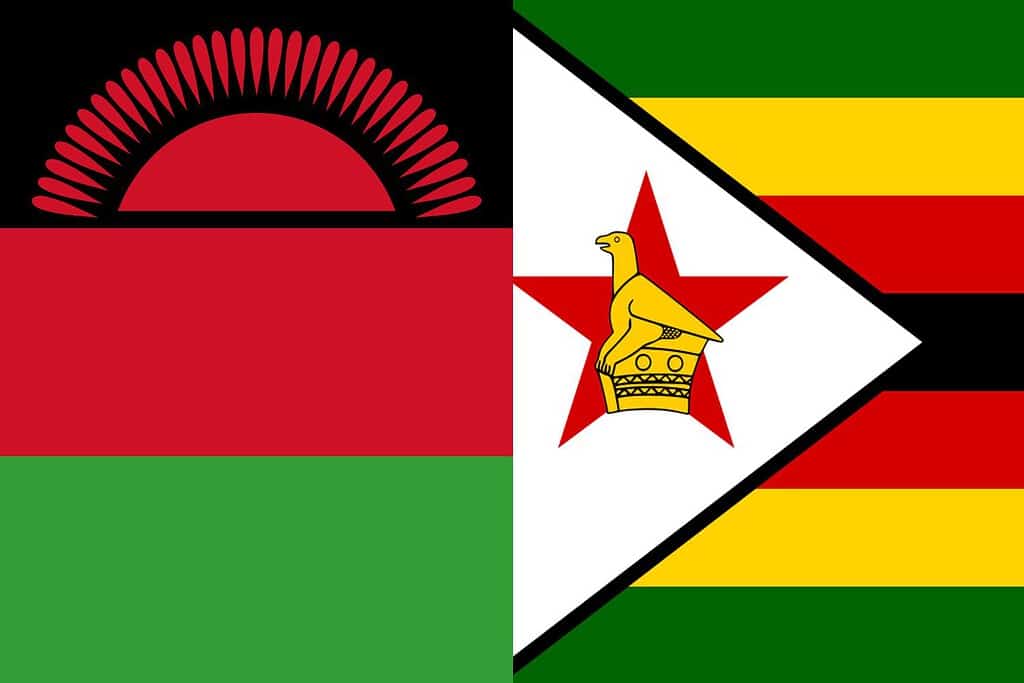
Similarity: Both flags incorporate red and green in their design.
Difference: The Zimbabwean flag features a vertical black stripe with a yellow bird and red star on the left side of the flag.
Frequently Asked Questions (FAQs)
Explore answers to common questions regarding the Malawi flag picture. From its historical background to the significance of its elements, find succinct and informative answers addressing inquiries frequently raised by those interested in Malawi’s flag.
What is the significance of the colors on the Malawian flag?
The black represents the people of Malawi, the red symbolizes the blood shed for independence, and the green stands for the country’s lush vegetation and agricultural wealth.
Why does the Malawian flag feature a rising sun?
The rising sun represents the dawn of freedom and hope for a bright future for Malawi.
What is the meaning behind the black stripe on the Malawian flag?
The black stripe represents the people of Malawi and their African heritage.
Why is there a red stripe on the Malawian flag?
The red stripe symbolizes the blood that was shed during the struggle for independence from colonial rule.
What is the significance of the depiction of the bird on the Malawian flag?
The bird, a native fish eagle, represents the country’s freedom and the ability to soar to greater heights.
Why does the Malawian flag feature a full sun instead of a partial one like some other flags?
The full sun symbolizes the brightness of Malawi’s future and its potential for growth and prosperity.
What does the black star on the Malawian flag symbolize?
The black star represents the people’s aspiration for African unity and solidarity.
Is there any historical significance behind the design of the Malawian flag?
Yes, the flag was adopted in 1964 when Malawi gained independence from British colonial rule, and its design reflects the country’s history and aspirations at that time.
